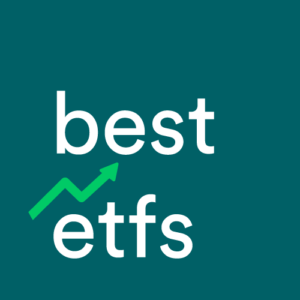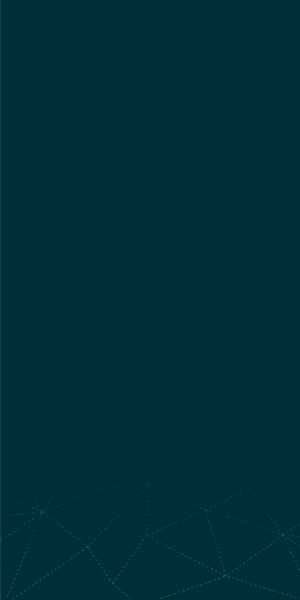Would a shrewd ASX investor consider the VanEck Vectors MSCI World Ex-Australia Quality (Hedged) ETF (ASX: QHAL) and BetaShares Managed Risk Global Share Fund (Managed Fund) ETF (ASX: WRLD) right about now? These two ASX ETFs provide exposure to the International shares sector, and aim to make investing in it as convenient as possible.
The VanEck QHAL ETF (ASX:QHAL)
The VanEck QHAL ETF gives investors exposure to large companies from developed countries around the world, excluding Australia, hedged into Australian dollars.
According to our most recent data, the QHAL ETF had $293.81 million of money invested. With QHAL’s total funds under management (FUM) figure over $100 million, the ETF meets our team’s minimum investment criteria for FUM levels. As a general rule, our team draws the line at $100 million for ETFs in the International shares sector because we believe that, relative to smaller ETFs, achieving this amount of FUM lowers the chance that the ETF issuer will close the ETF.
Fees to consider
According to our numbers, the annual management fee on the QHAL ETF is 0.43%. The issuer, VanEck, collects this fee automatically.
Meaning, if you invested $2,000 in the QHAL ETF for a full year you could expect to pay management fees of around $8.60. This fee is different from the fee you pay to your brokerage provider (e.g. CommSec, NabTrade, SelfWealth, etc.), which is the fee to buy or sell the ETF. In addition to a management fee charged by the issuer, be mindful to check the ‘spread‘ for the ETF.
A fee comparison
Fees aren’t the only key consideration for ETF investors, but it’s an easy thing to do. To understand if the ETF you’re looking at is too costly, compare it with other ETFs from the same sector, and against the industry average. For example, the average management fee (MER) across all of the ETFs covered by the Best ETFs Australia team was 0.5%, which is $10.00 per $2,000 invested. Keep in mind that small changes in the fees paid can make a big difference after 10 or 20 years. You should read the QHAL Product Disclosure Statement (PDS), available on the ETF issuer’s website, because it will detail the fees, tax implications and the latest information.
These are high level ideas or basics of the QHAL ETF. To learn more about it, click through to access our free investment review.
The BetaShares WRLD ETF (ASX:WRLD)
The BetaShares WRLD ETF provides investors with exposure to an actively managed portfolio of global shares, seeking to reduce volatility and defend against losses in declining markets.
With our numbers for December 2020, WRLD’s FUM stood at $59.56 million. Given it has less than $100 million invested, ask yourself (or your adviser) if the ETF is still too small (and if you should wait to buy into it). If you’re concerned the ETF might not be established enough, compare it alongside one of the other Hedge fund sector ETFs, using our full list of ETFs.
Are the fees for the WRLD ETF bad?
BetaShares, the ETF issuer, charges a yearly management fee of 0.54% for the WRLD ETF. Meaning, if you invested $2,000 for a full 12-month period you could expect to pay a base management fee of around $10.80.
The management fee is above the average for all ETFs on our list of ASX ETFs, but keep in mind the ETF may be able to justify the higher price tag with superior performance over time.
Before you read the Product Disclosure Statement (PDS) or speak to your financial adviser about the WRLD ETF report (both are very important), take a look at our free investment review.
[ls_content_block id=”4954″ para=”paragraphs”]




